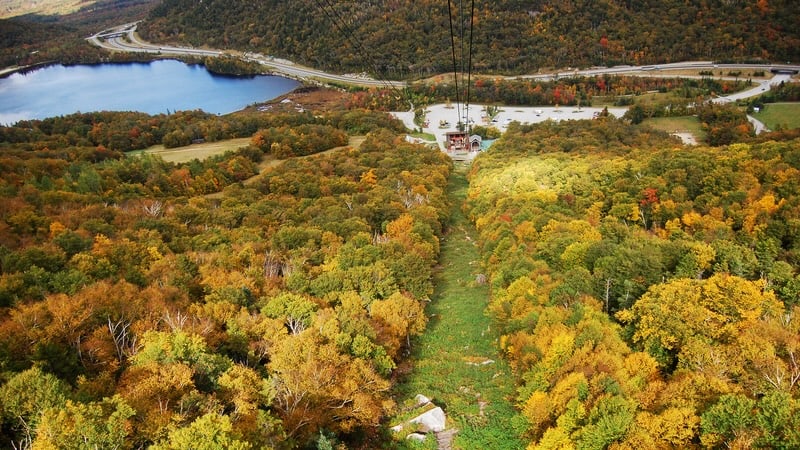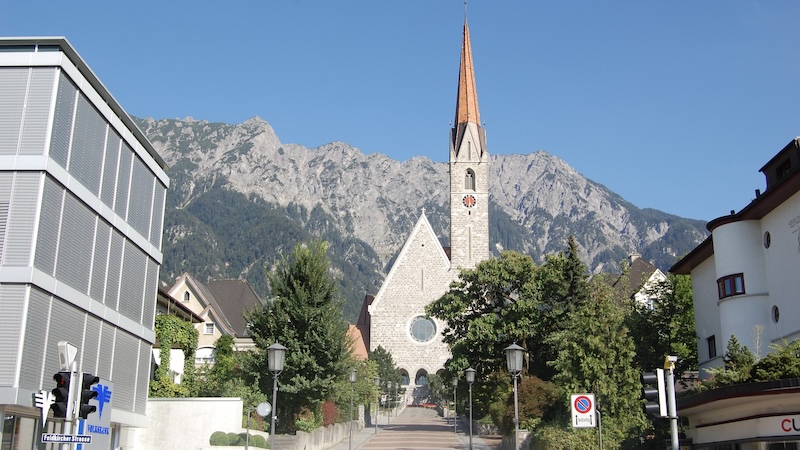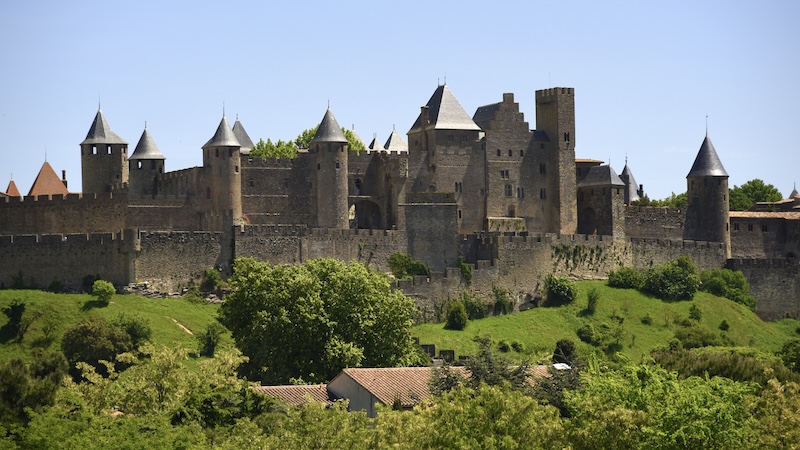New Hampshire’s Cannon Mountain as Therapy
Hiking My Way Through Grief, Personal Terror

I left my New Hampshire hotel room for ice four years ago this month, August 22 – with no idea the hike my grown daughter and I had planned for the next day would turn out to be therapy for what was about to happen. We were in route from Burlington, Vermont, back to her home in Newport, with a detour to Franconia, New Hampshire, for a hike of Cannon Mountain from Franconia Notch State Park – a relaxing, short hike, not the challenging 3.8-mile out-and-back trail estimated to take a bit more than four hours.
Little did we know how therapeutic even a short hike can be after witnessing a traumatic event – in this case, the beginning of a bloody murder on the third floor of our respected chain hotel the previous night in the quiet city of Bedford, N.H. At once terrifying and overwhelmingly sad, the event left its mark on me to the point that I’m only now writing about it – in the context of hiking as therapy.
At Cannon Mountain’s visitor center rangers told us to stick to the trail: Bears wouldn’t be hibernating for another month, a fact my daughter – having lived in a cabin in the Alaska outback of McCarthy for seven years – was aware of.
A different ‘stunning’ experience via North America’s first tramway
Very tired from being up much of the night after giving depositions at the hotel to local police, we opted to take the Cannon Mountain Aerial Tramway, which, as described, would bring us to the 4,080-foot summit in under ten minutes and offer scenic walking paths at the summit on a clear, sunny day. This compromise proved to be the right decision, as we shared the cable car with families and individuals straining our necks to see four states – New Hampshire, Maine, Vermont, New York – and Canada, with the surrounding mountains, lakes, and towns.
We could stay as long as we wanted before catching a tram down. Before exploring the hiking paths, we took in the 360-degree views from the observation deck after stepping off the tram. We were as much in awe of the views of the natural world as we had been stunned the previous evening by a murderous human wielding a machete to kill a male roommate – a story, we learned from morning news reports, intertwined with a romantic relationship while previously in prison together.
On this sunny next day, we were grieving for such a loss of humanity while being grateful for our safety. We had called 911 and prayed for the victim racing down the hallway after barring our door as I dashed inside from the planned trip to the ice machine. The dispatcher needed to know if we were safe, where exactly we were, and the time the struggle between the two men in the hallway had begun.
We were thankful to be on different physical terrain the next day – albeit with few (as the rangers had told us) “beginner trails.” Experienced hikers had headed off on intermediate trails – and, in another season, their skier-equivalents would be enjoying the highest vertical drop of any ski mountain in the East.
We had both previously experienced physical pain from skiing and hiking – primarily in Virginia’s Shenandoah Valley; but today’s hike was therapy for an emotional, spiritual pain. With physical aches and twinges, we had known we might have to consider quitting, turning back – but today we knew we had to keep going, using the inspiring natural terrain as counterpoint to a mournful, emotional terrain. We were grateful for Cannon Mountain.
Cannon Mountain
For information on the aerial tram, hiking, cycling, skiing, and more go to CannonMt.com.
Writer Martha Stever visits Vermont (all fun, no drama!)


